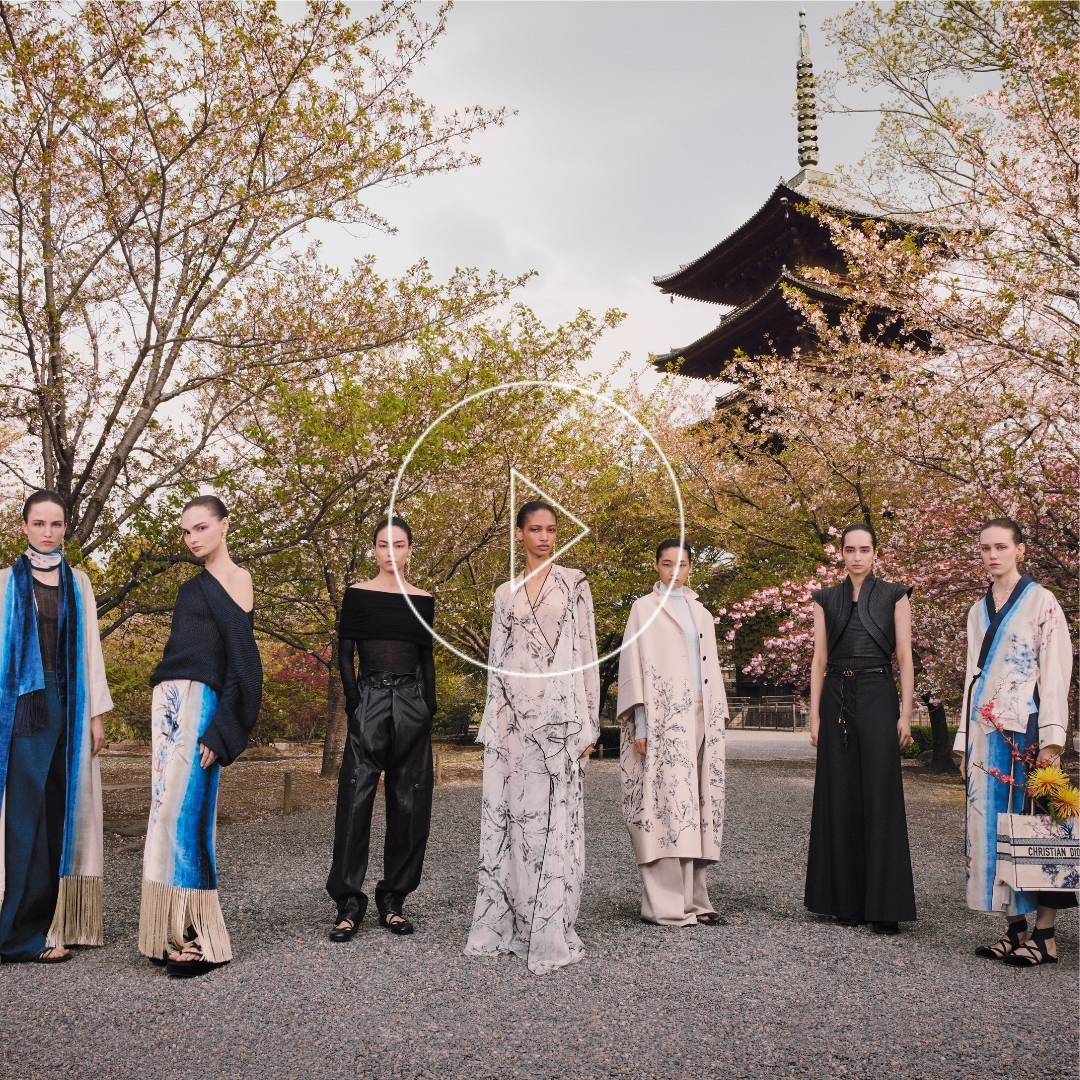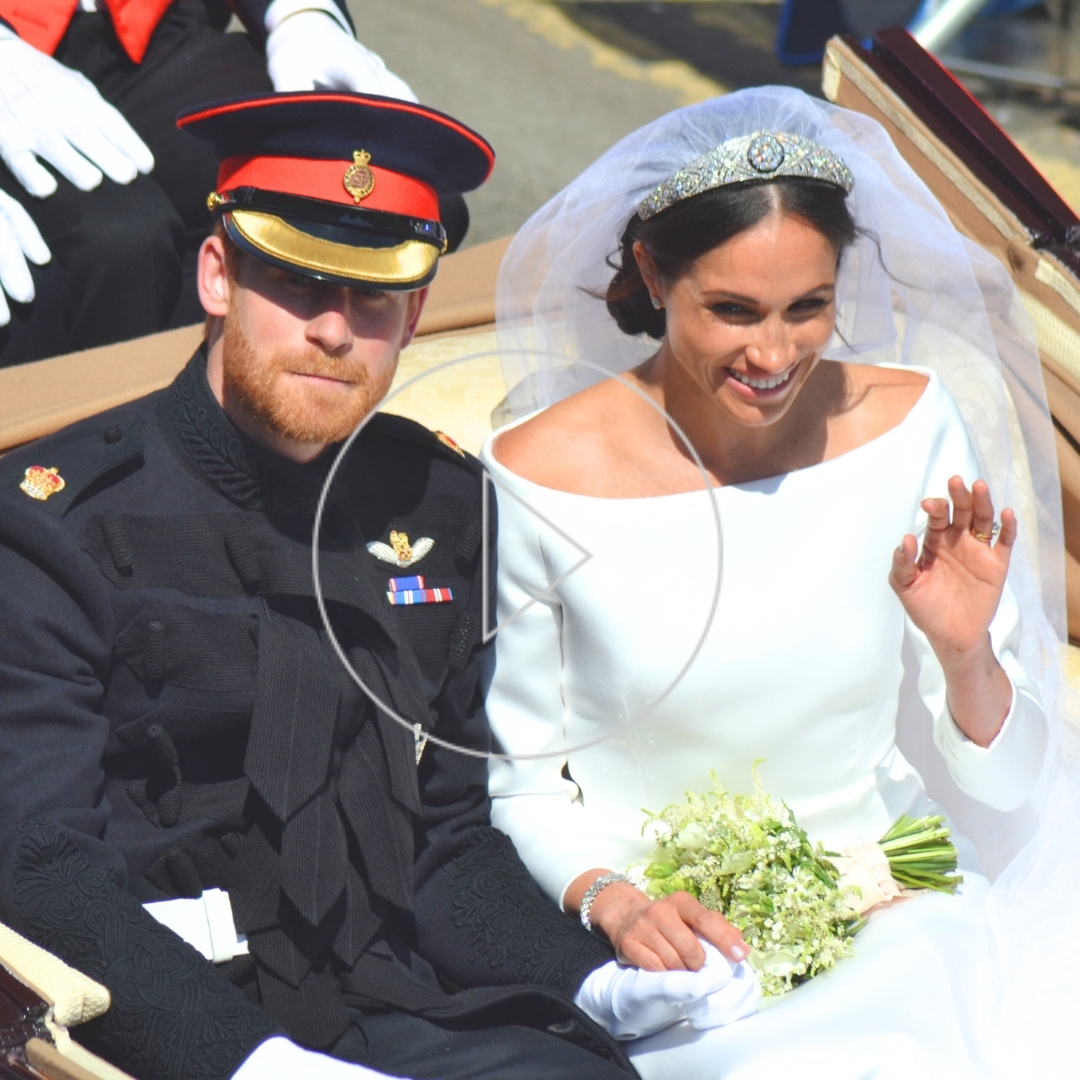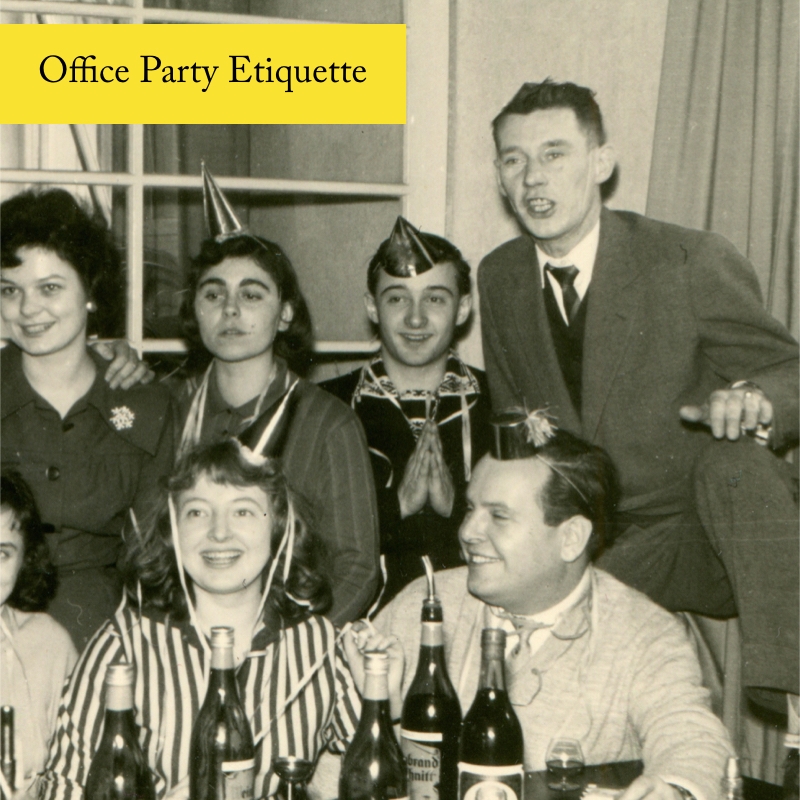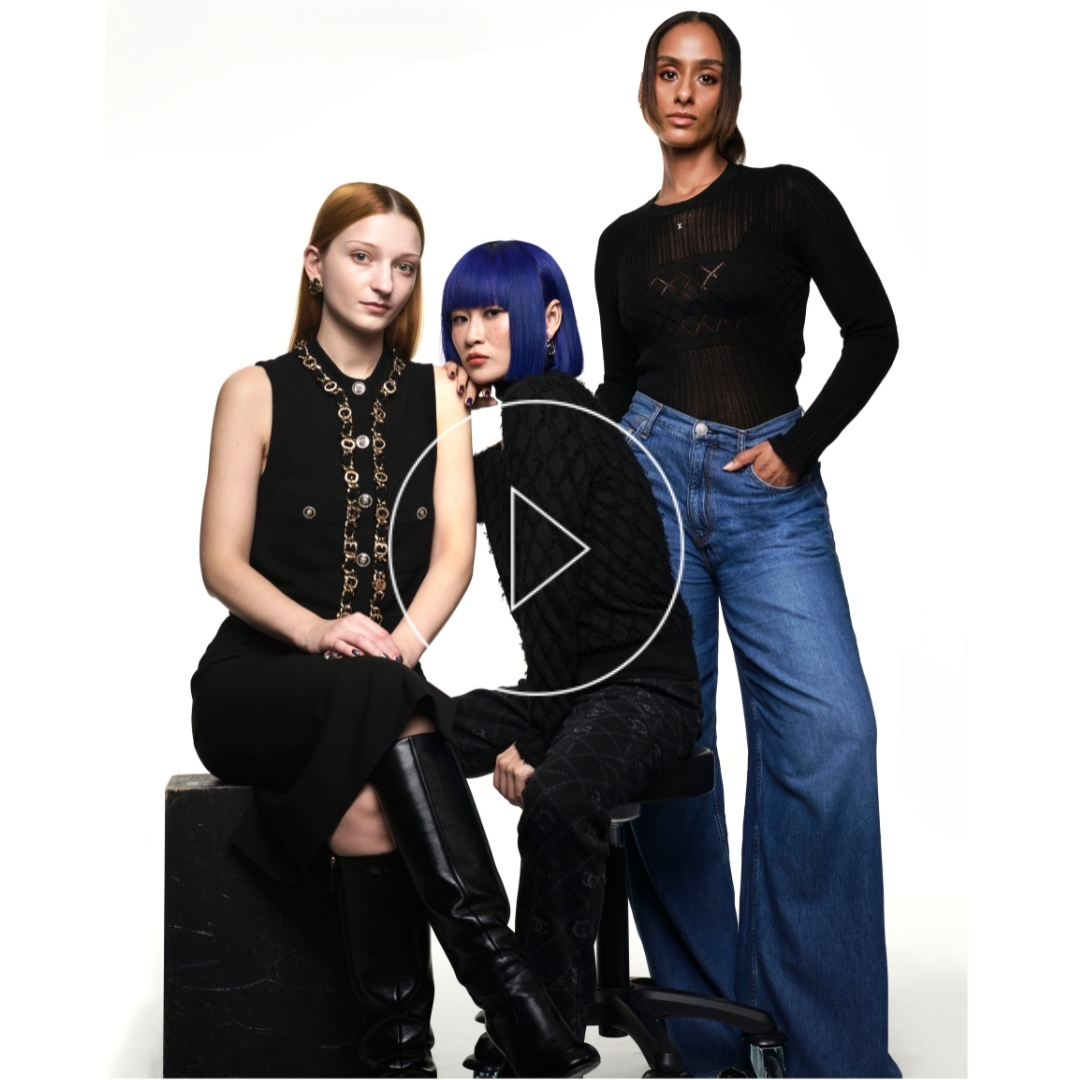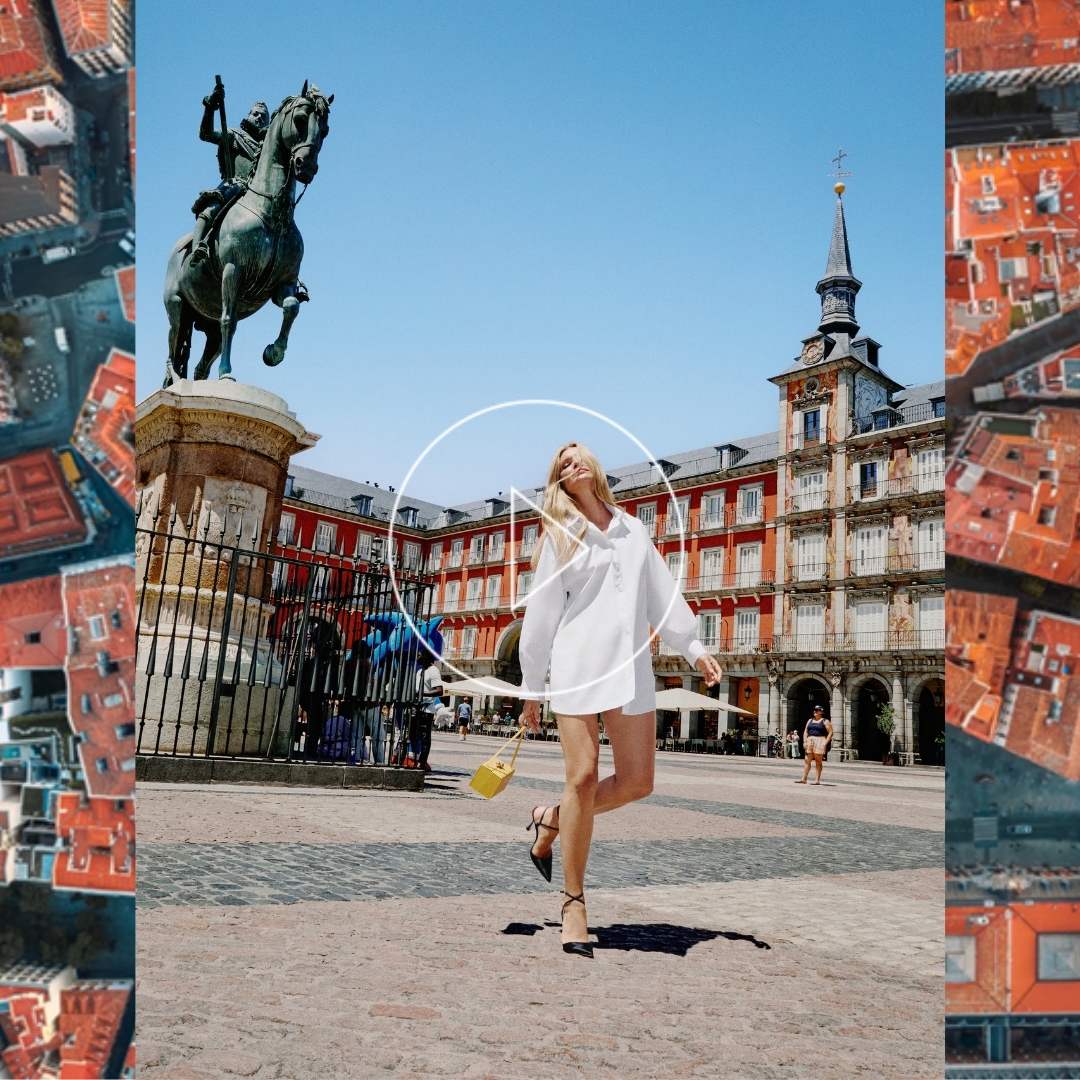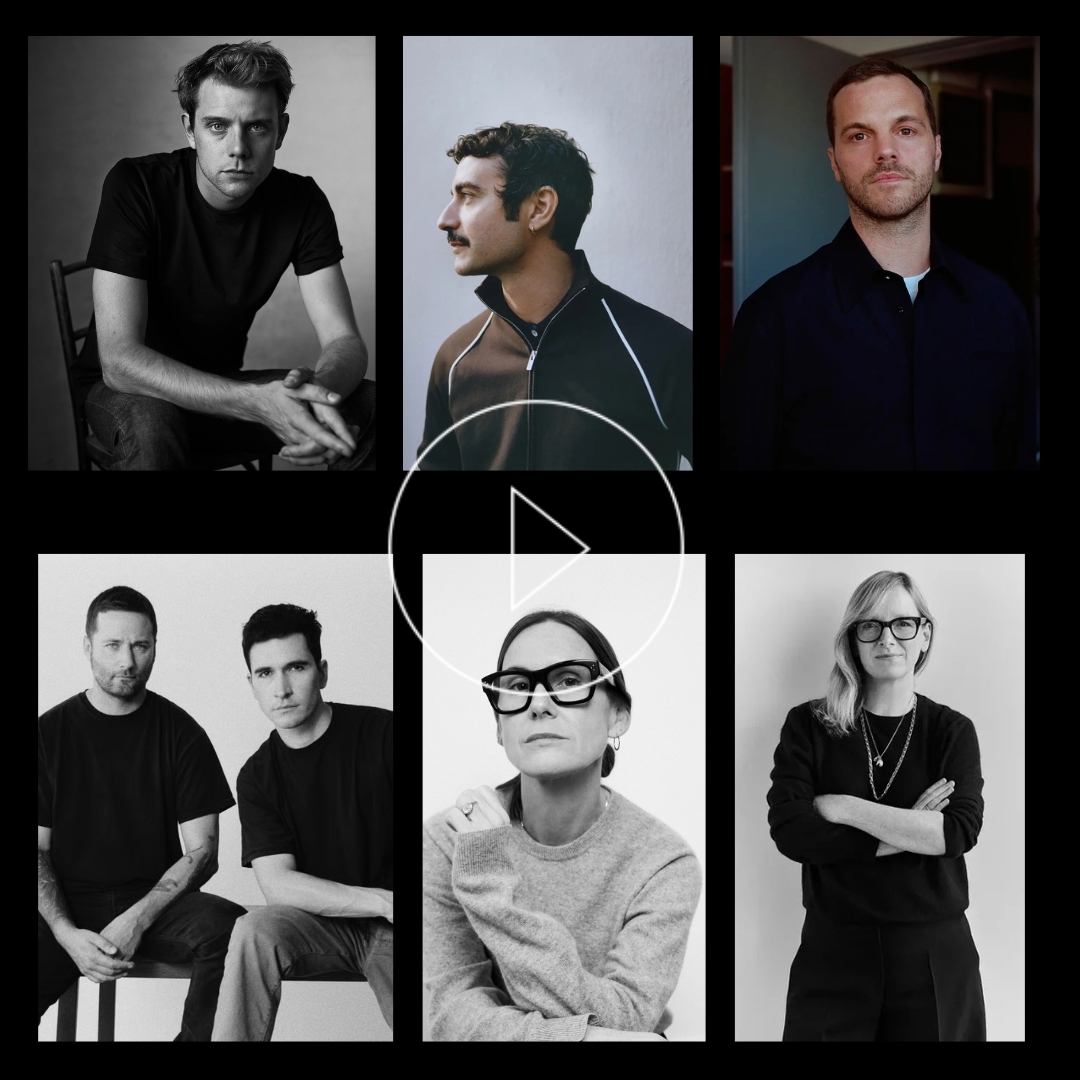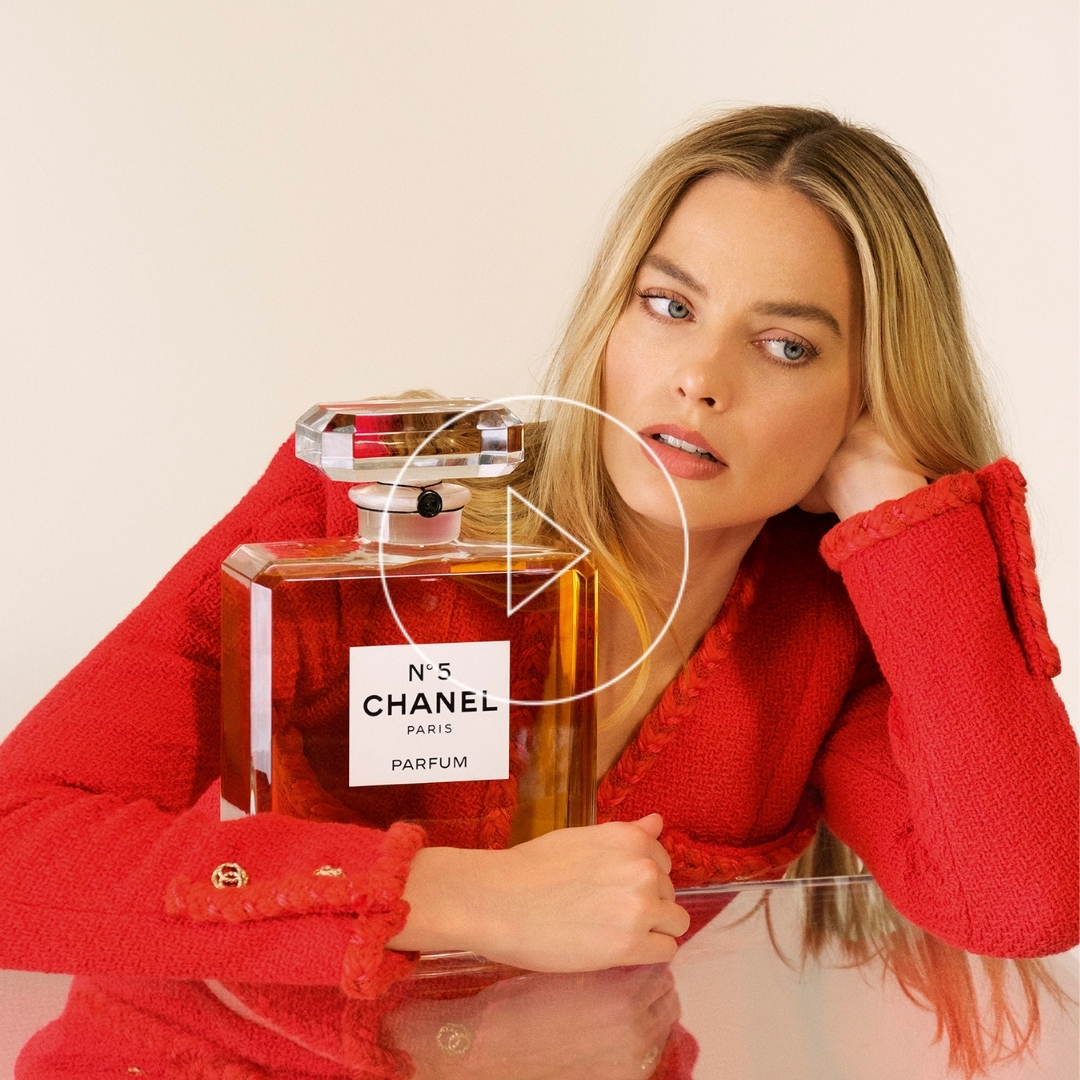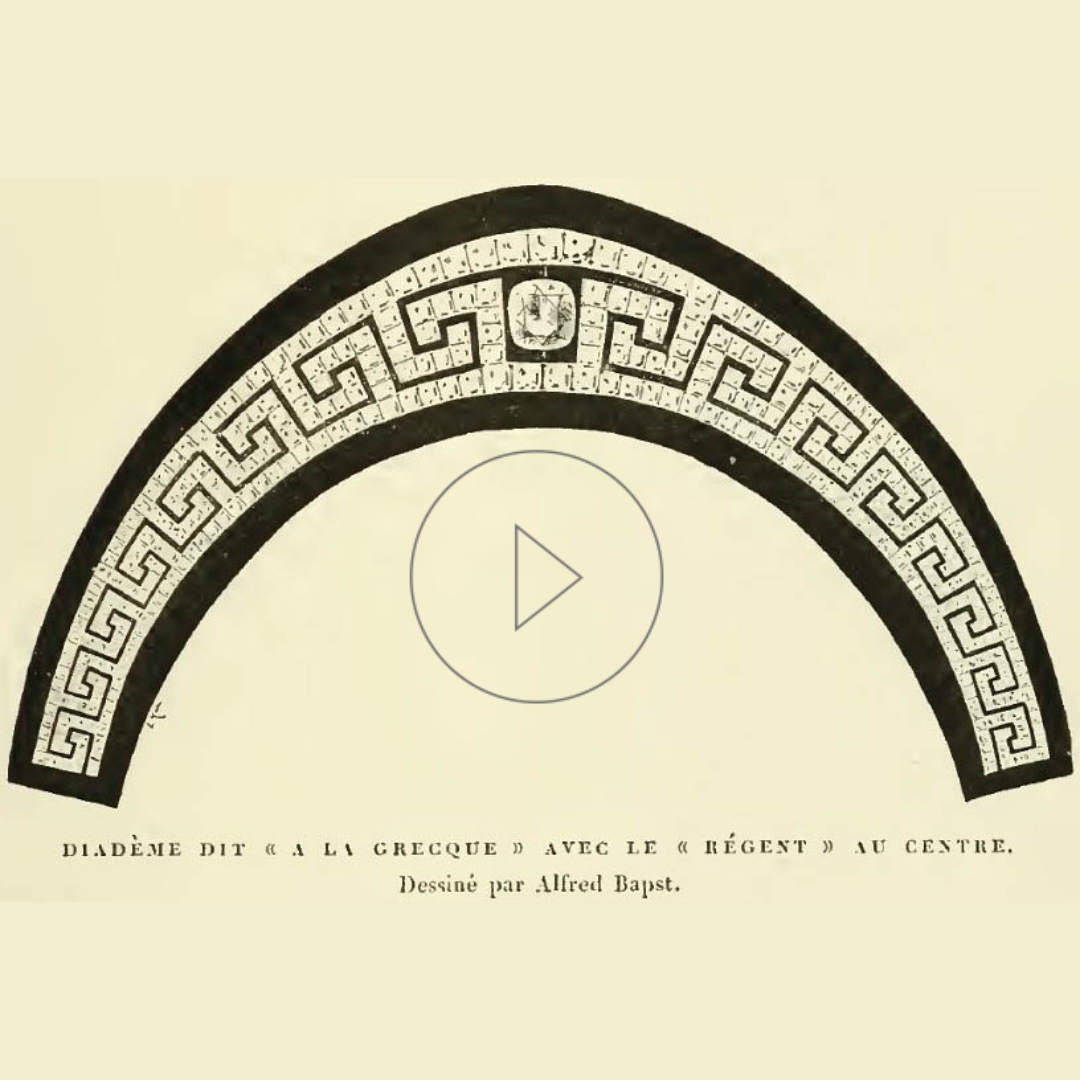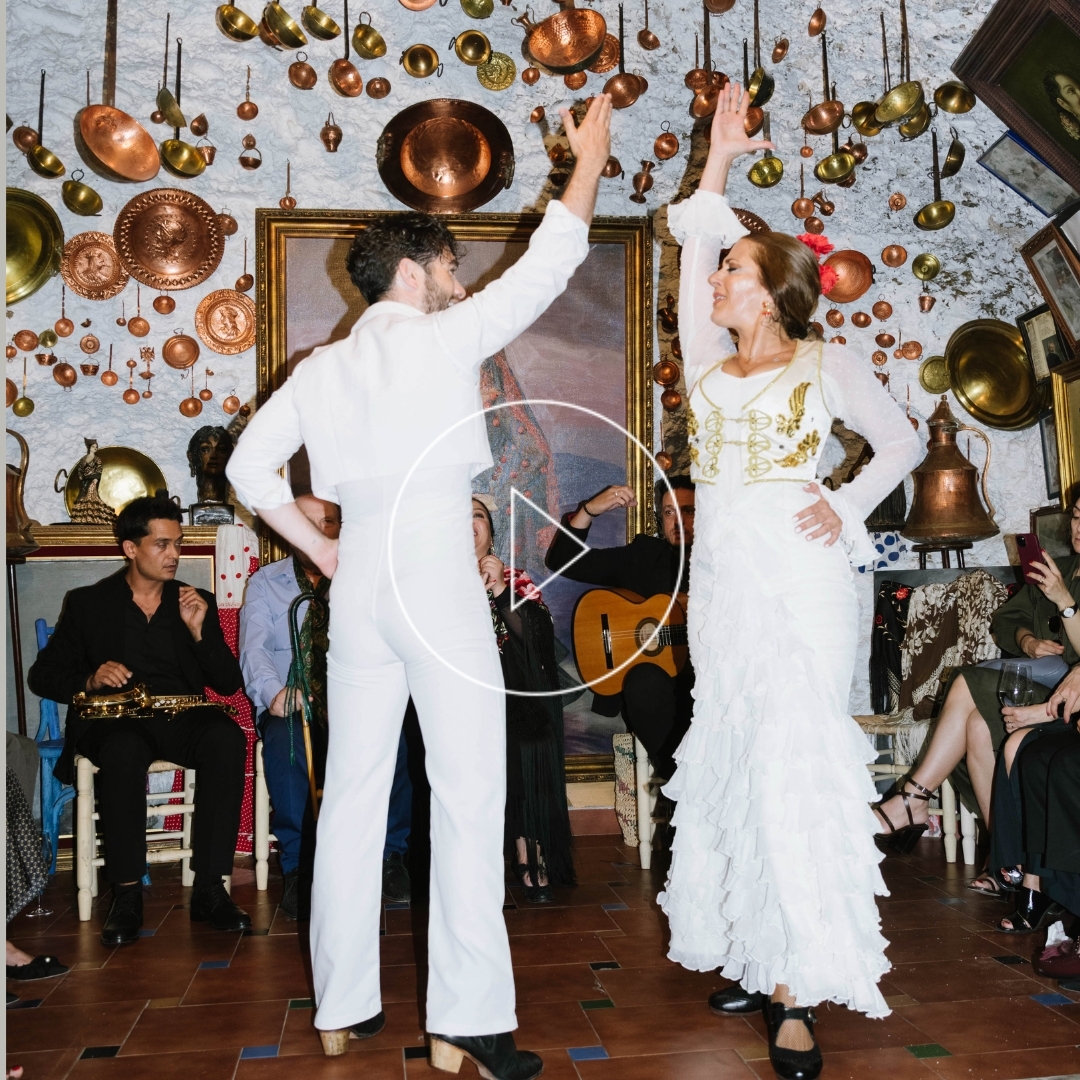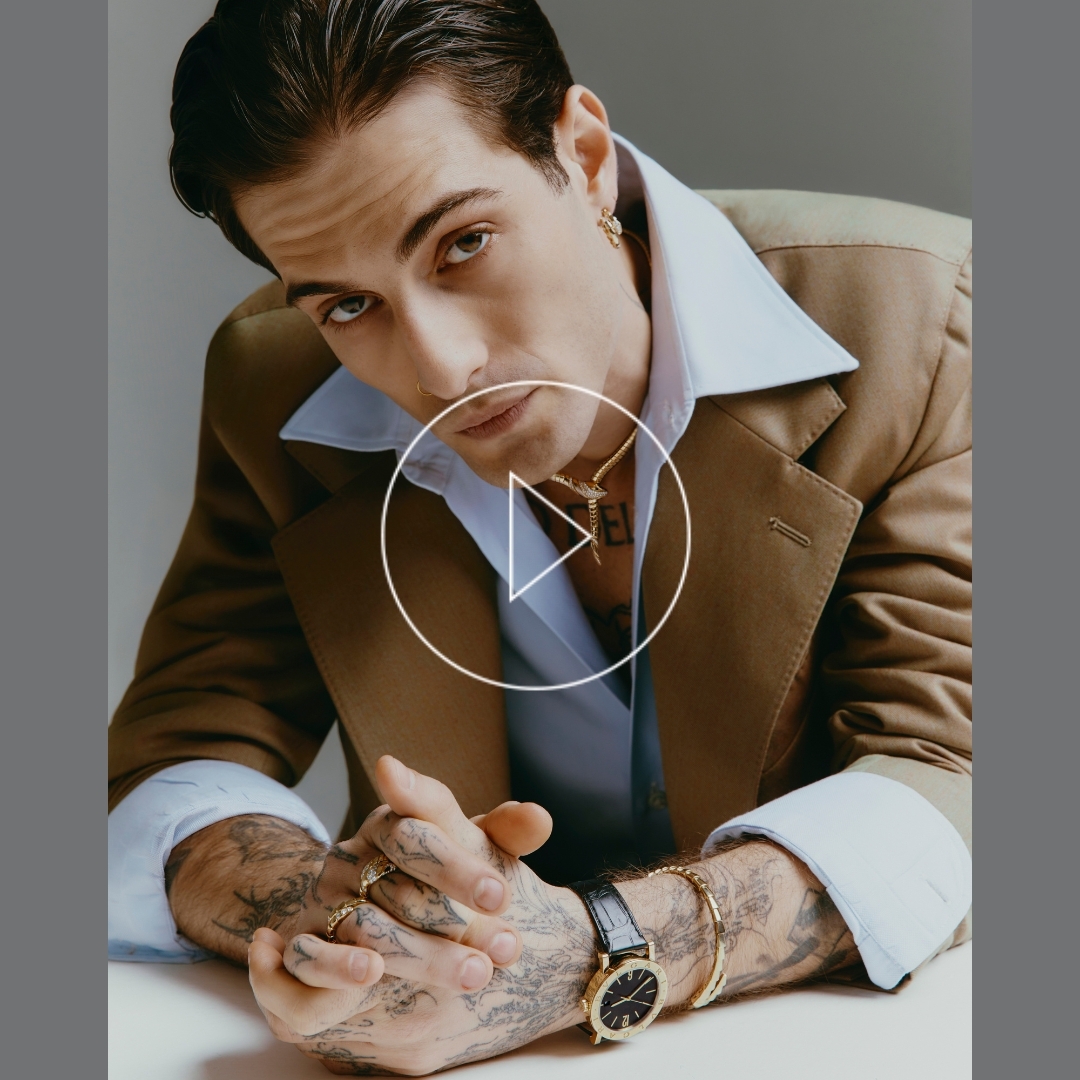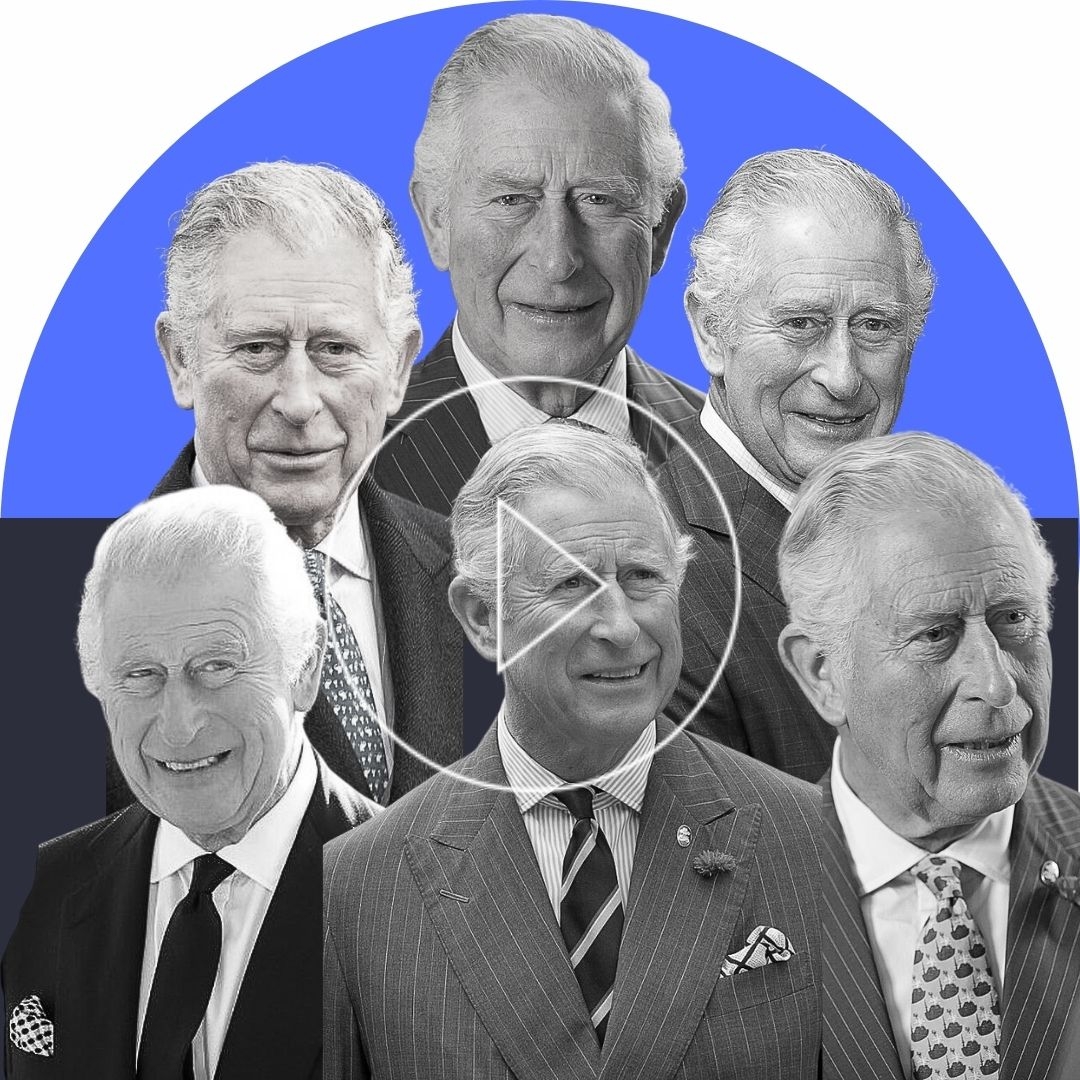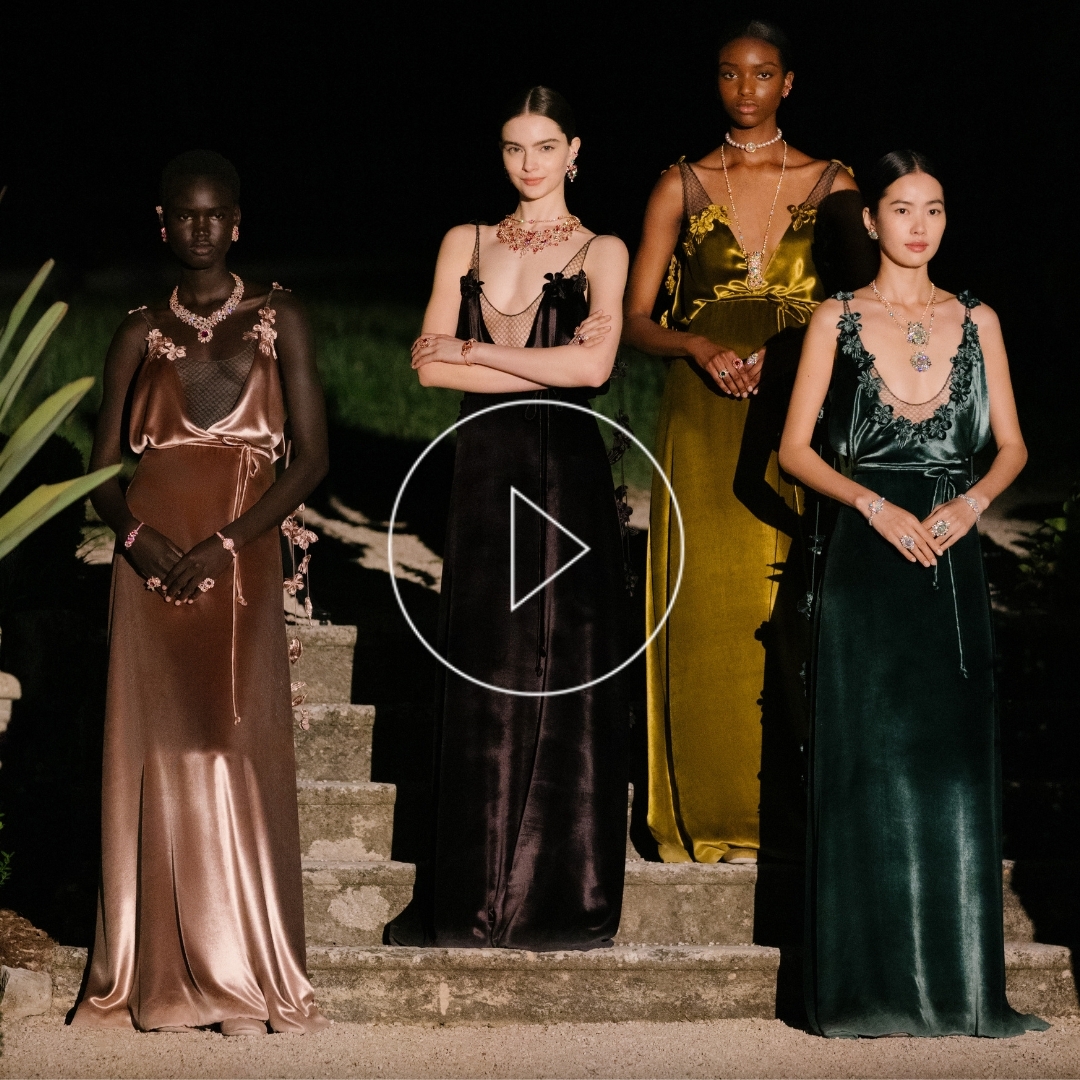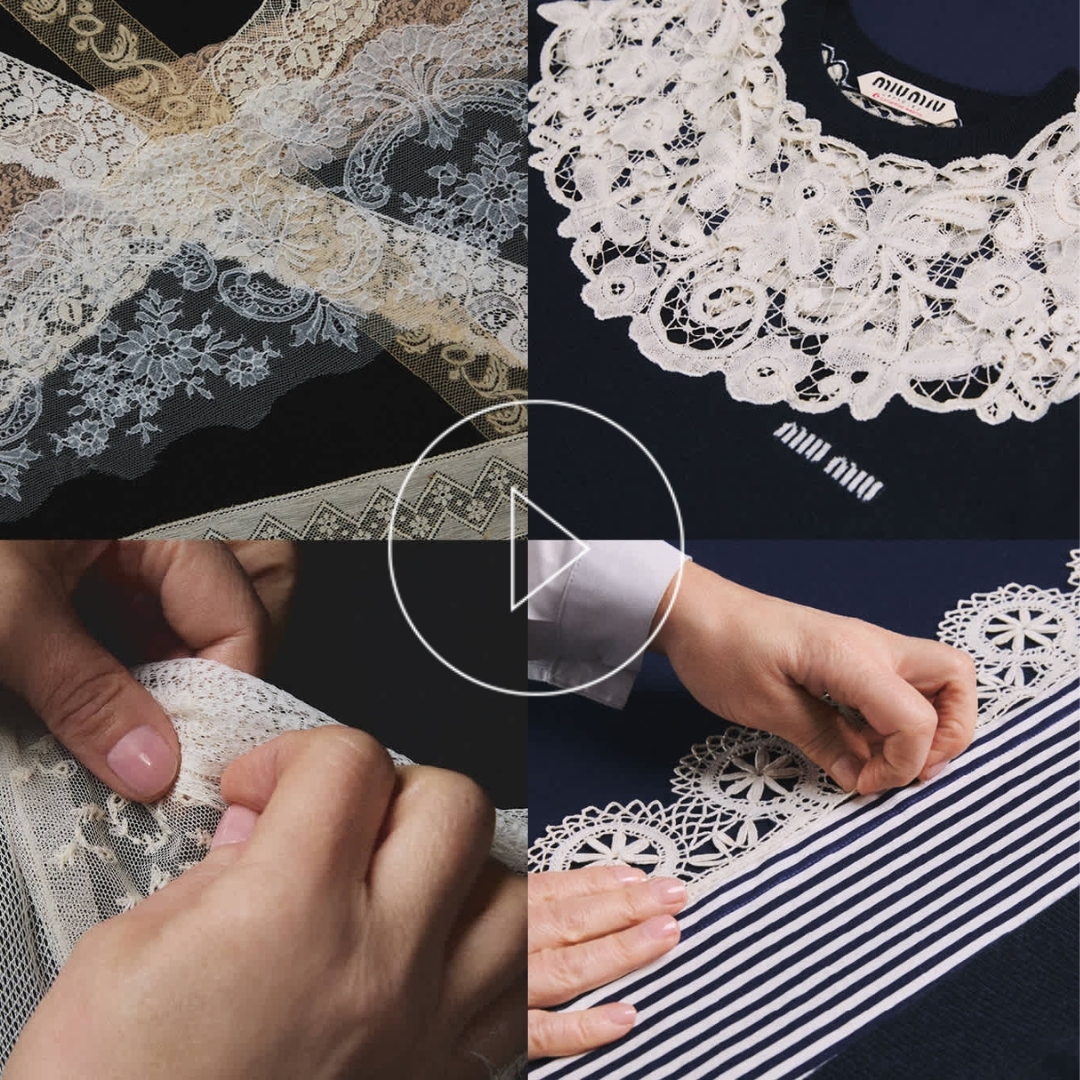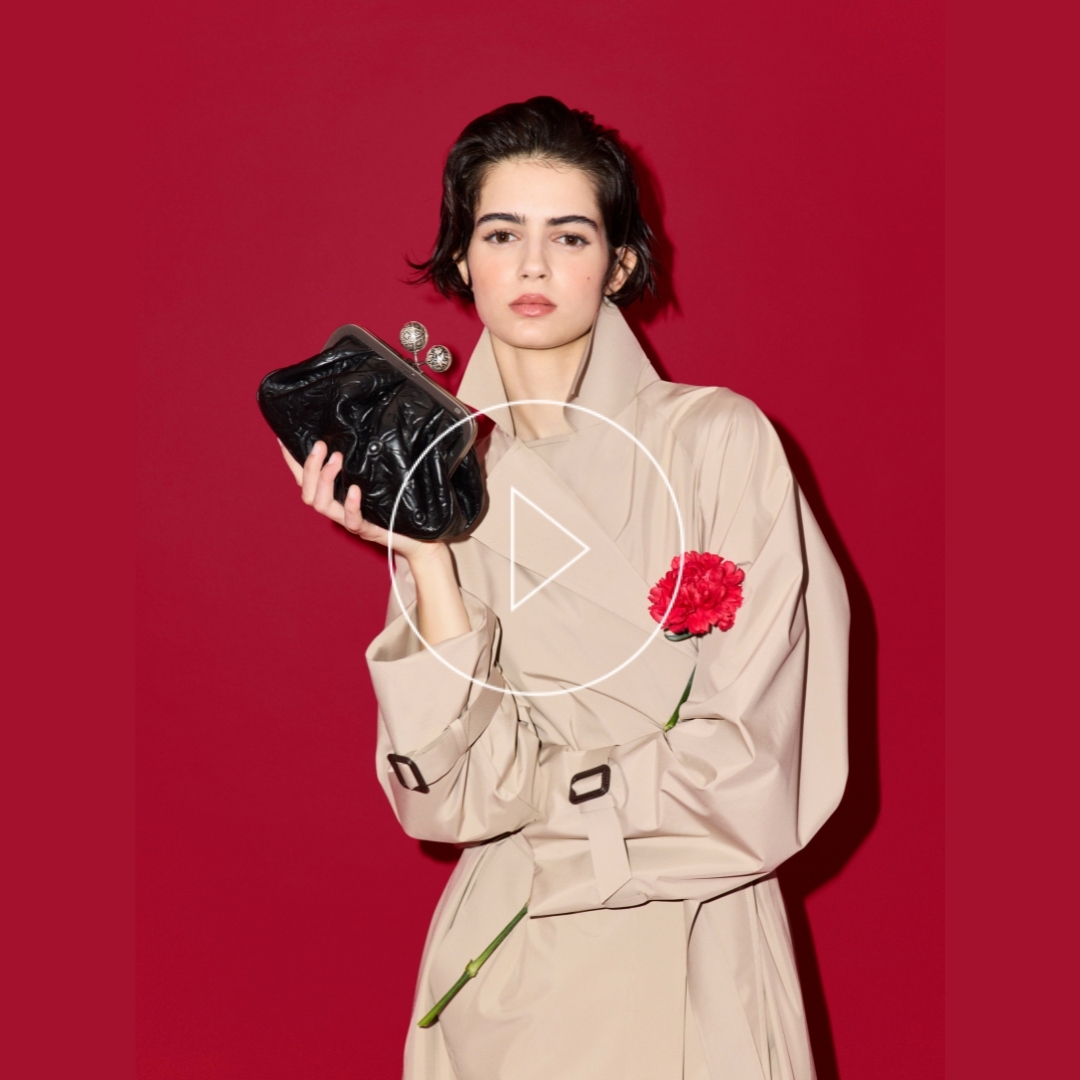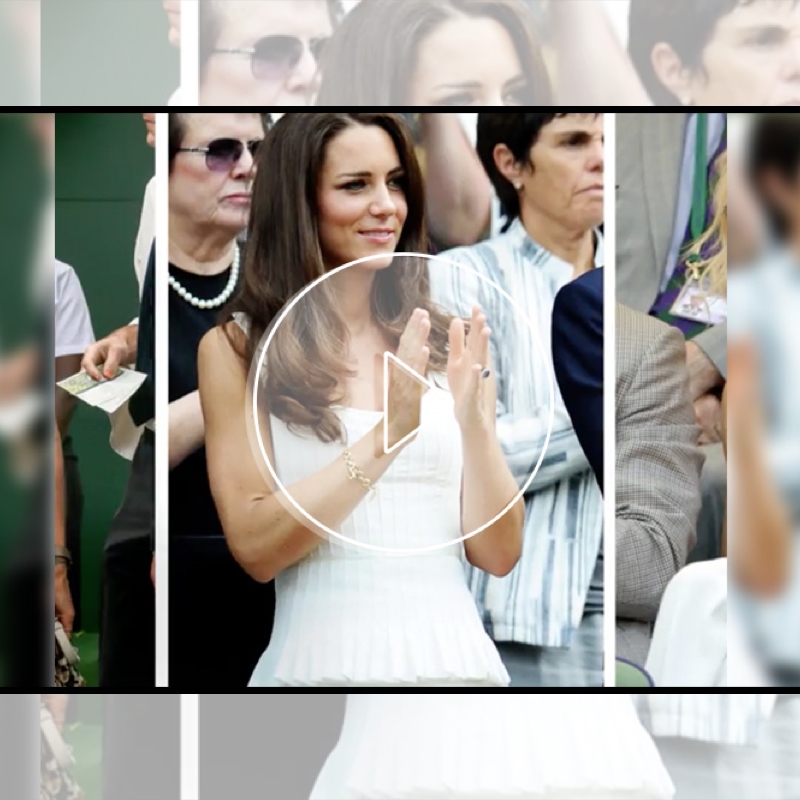Michelle Obama’s The Look Book: Style, Power, and the Contradictions We Can’t Ignore
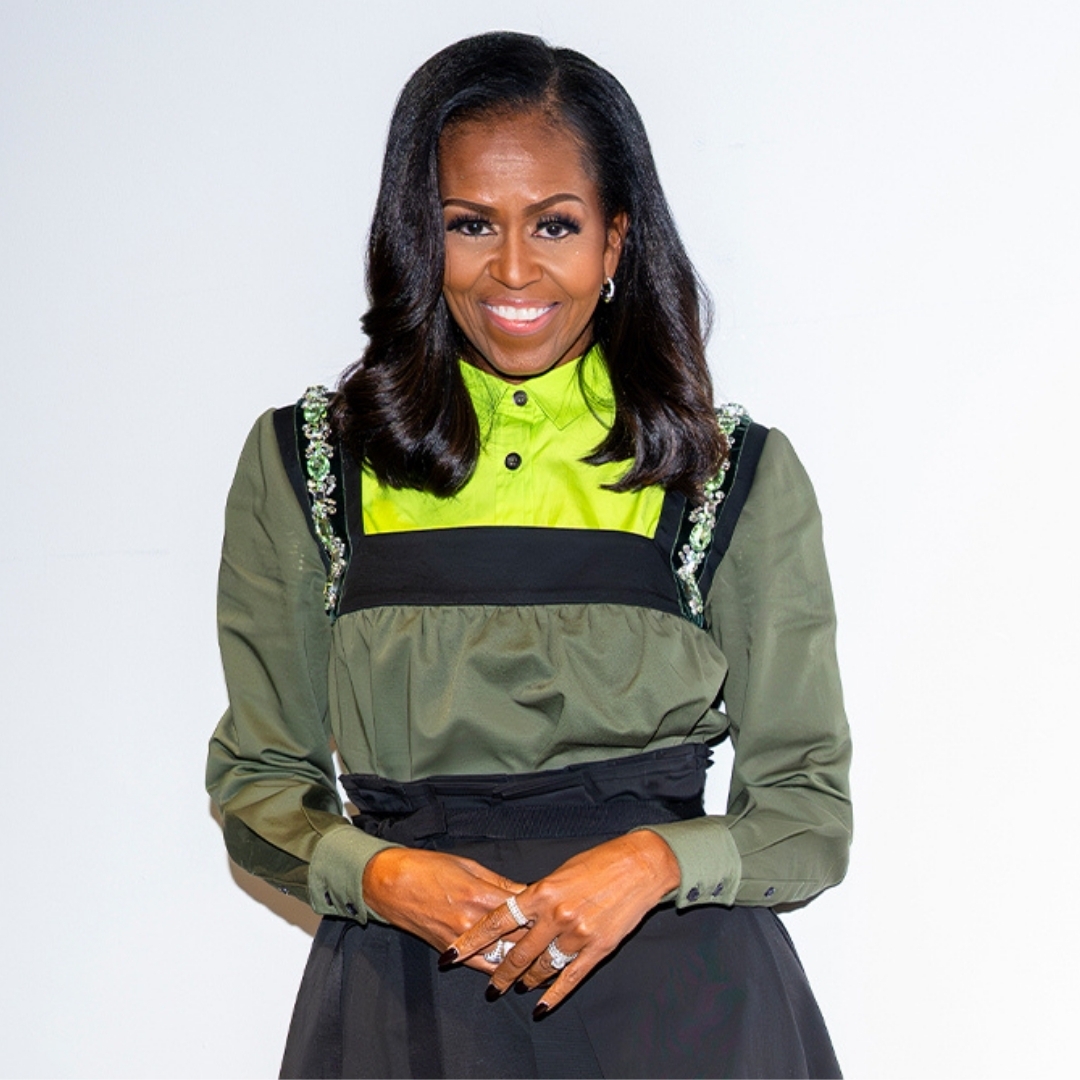
Michelle Obama, the former First Lady of the United States, has released a new book, The Look. Co-written with her longtime stylist Meredith Koop, the book revisits the outfits that shaped her eight years in the White House. Designers who worked closely with her share anecdotes, creative notes, and personal memories, making Michelle Obama’s The Look book as much about fashion as it is about politics, identity and power.
But, like everything touched by the Obamas, the reception has been polarising. Supporters celebrate every page as gospel. Critics argue, once again, that the Obama legacy is heavy on celebrity optics and light on economic achievement, and that the couple continues to monetise its popularity with unwavering mastery.
All that aside, it’s something else that truly stands out: the contradictions in Michelle Obama’s own narrative. And in The Look, those contradictions are loud.
Let’s unpack them — calmly, clearly, and without slogans.
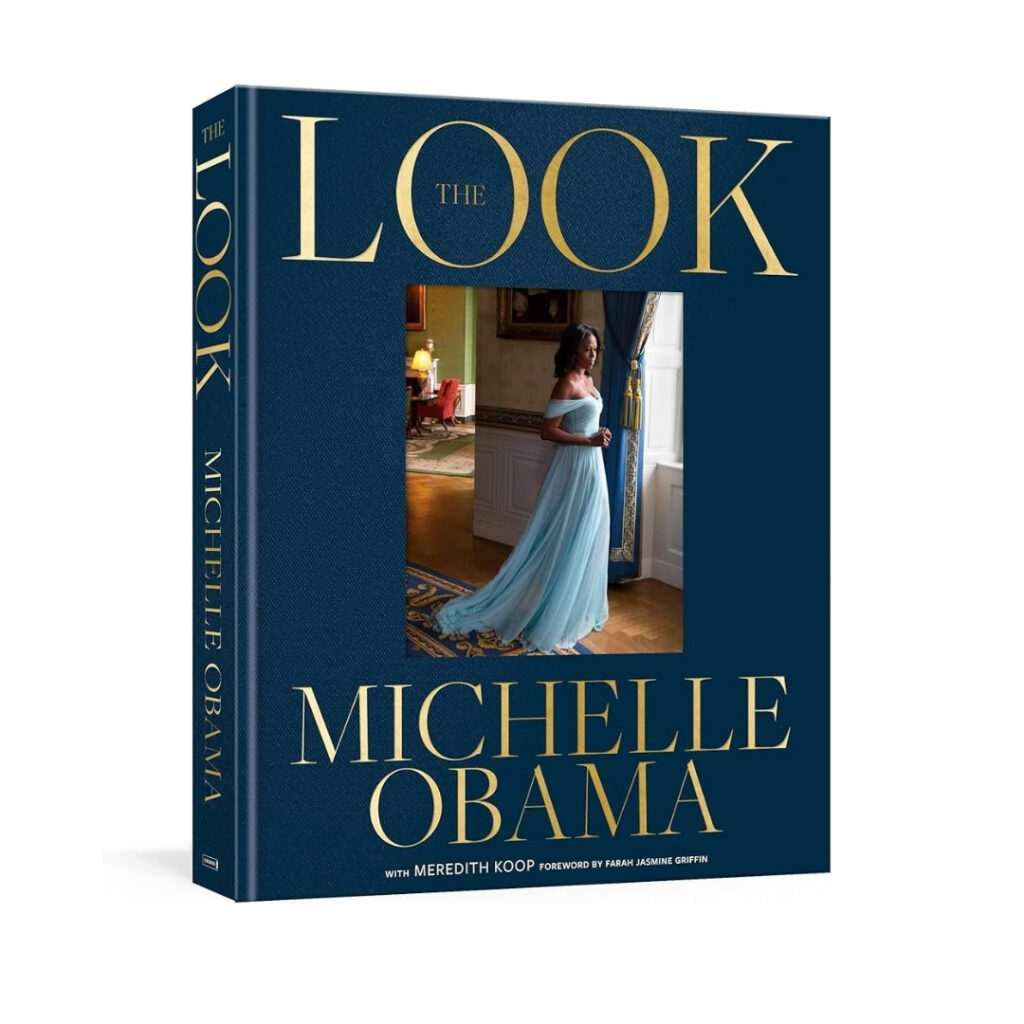
Michelle Obama’s The Look Book
Strong Woman or Permanent Victim?
Michelle Obama often frames her speeches with gratitude for the privilege of being First Lady, before quickly pivoting to the burden, the sacrifice, the weight she carried. She tells readers she inspired millions of women, yet nearly “lost herself” in the process. She praises her supportive marriage, yet laments how difficult it is to keep it alive.
The question isn’t whether these feelings are real. The question is:
Why must every victory be wrapped in suffering before it can be shared?
This is a trap many women fall into, the idea that we must downplay excellence to appear relatable, or apologise for success so that it doesn’t look “too confident”. Michelle, who positions herself as a feminist role model, often slips into this narrative of self-victimisation to please an audience eager for struggle stories.
But women deserve better. We deserve leaders who show that joy, ambition, and achievement don’t need disclaimers. Celebrating success loudly is not arrogance; it is ownership.
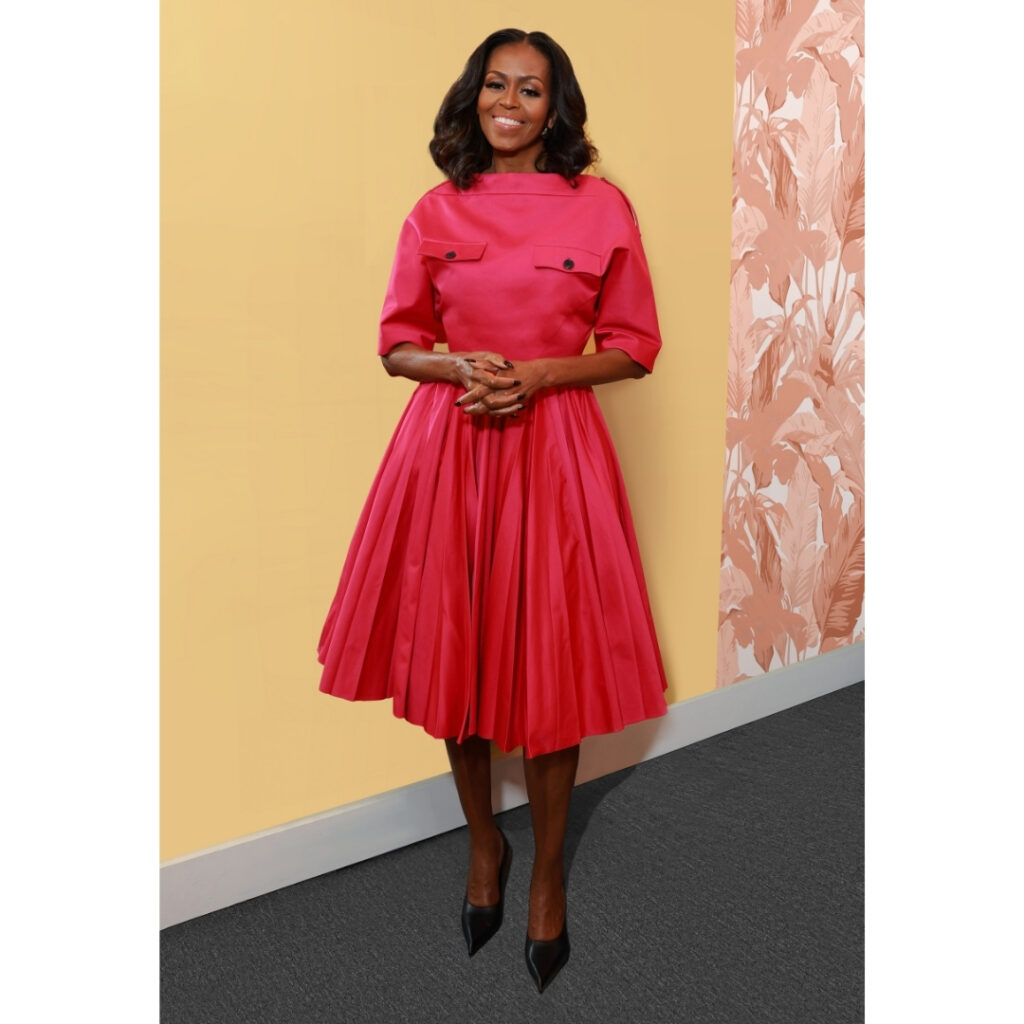
@Prada
When Empowerment Speaks Only to One Audience
Here comes the most delicate point. Michelle Obama’s experience could inspire women everywhere, of every culture, colour, and background. Yet she often narrows her audience to Black women exclusively, framing many social challenges as the direct legacy of white oppression.
Recently, during the book promotion, Michelle linked the difficulty some Black communities face learning to swim to white systemic discrimination. She connected Black hair struggles to the weight of white beauty standards.
And then, paradox.
She appeared at two events wearing Prada, one of the whitest luxury corporations on the planet. Hair styled Dyson-perfect, a Western beauty standard par excellence.
There is no fault in wearing a gorgeous Prada or in choosing styled curls. The contradiction lies in preaching a message of racial resistance while embracing all the symbols of the very system she critiques.
If Michelle truly wanted to “walk the talk”, she could highlight Black-owned luxury brands, celebrate natural hairstyles, and, more importantly, move beyond narratives of victimhood to affirm what many Black women politicians already champion today:
The future belongs to equality, not inherited grievance.
Empowerment is universal. And Michelle Obama’s message could resonate far more deeply if she addressed all women, not only a segment of them.
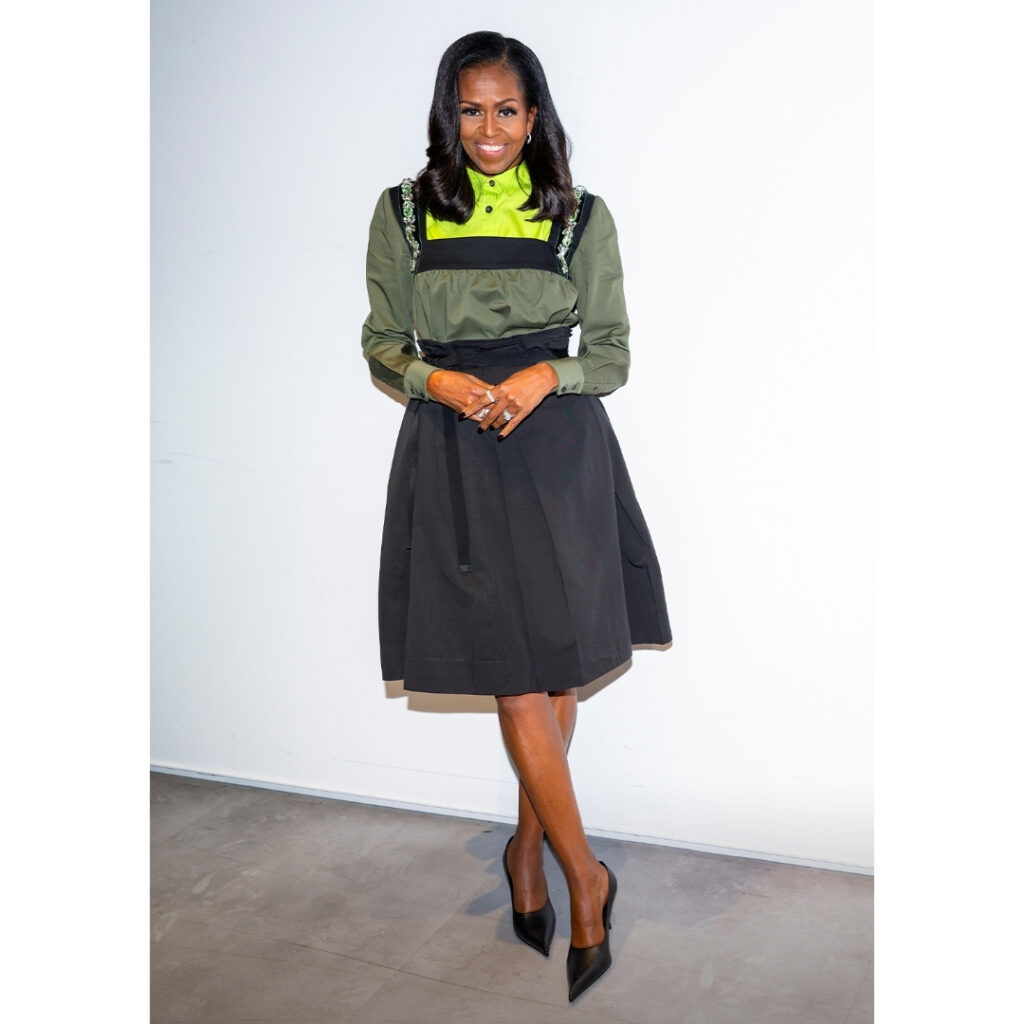
@Prada
Fashion: A Tool or a Burden? Apparently Both.
Few women on Earth have had access to fashion the way Michelle Obama had.
Unlimited designers. No budget ceilings. A global stage. Fashion heaven.
Yet The Look frames fashion as a double-edged sword; powerful, but also troublesome.
She writes:
“What I wore was important… people looked forward to the outfits, and once I got their attention, they listened to what I had to say. This is the soft power of fashion.”
Then, only pages later:
“I don’t think the out-there fashion works for me, because I never want the clothes to speak before I do.”
Both statements can be true, but together, they reveal confusion rather than clarity.
Fashion is a language. It always speaks.
The question is whether we choose the message intentionally or let trends speak for us.
Women don’t need apologetic approaches to style. We need agency.
We choose garments that elevate us, honour our body, communicate our values, and accompany our ambitions, not overshadow them. That is fashion as empowerment. That is soft power used consciously.
Michelle Obama could embrace this instead of alternating between fascination and discomfort.
A Final Thought: Universal Empowerment Is More Powerful Than Division
Michelle Obama remains one of the most influential women of her generation.
But she would be even more powerful if she spoke to all women, not to women through the lens of grievance or race.
The place of the “oppressed Black woman” should not be a permanent cultural role.
We should retire it, not reinforce it.
Women, regardless of colour, deserve narratives rooted in capability, confidence and possibility.
And that is the message women today want:
Strength without apology, elegance without contradiction.
Images courtesy @Prada
SHARE

